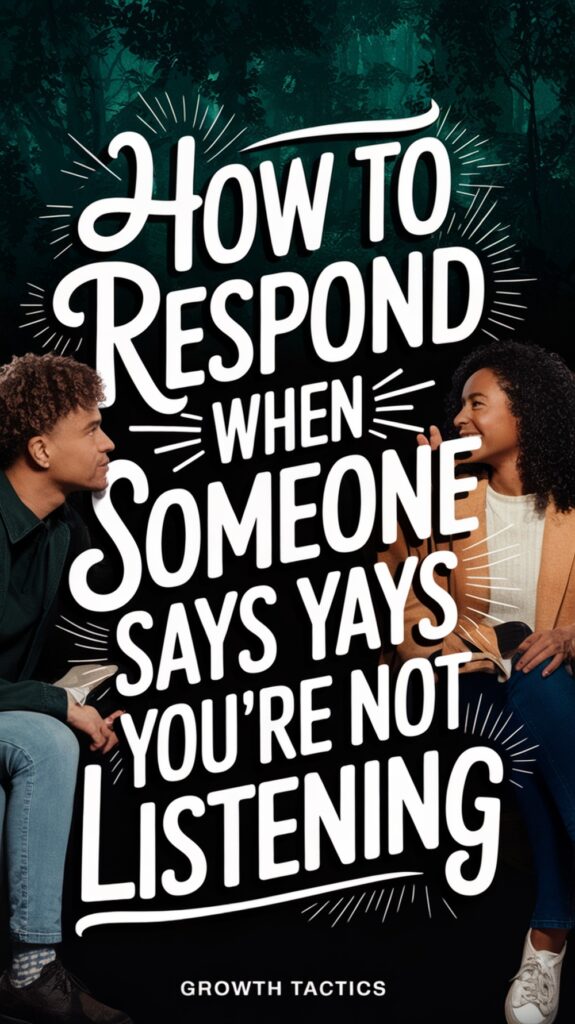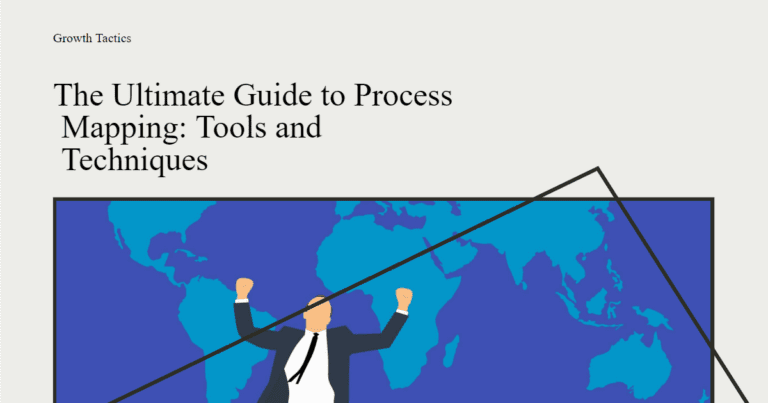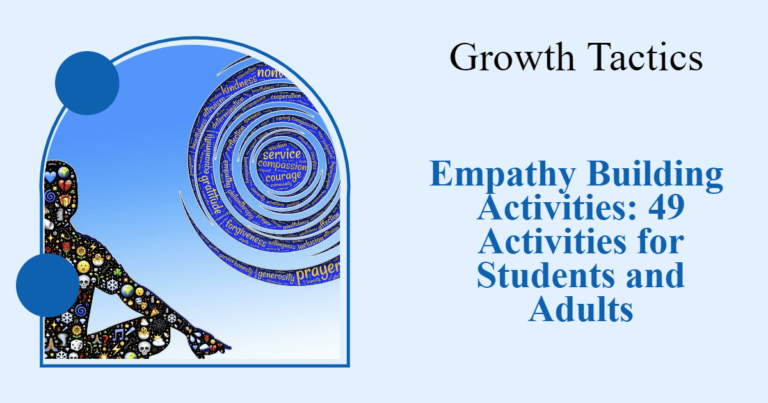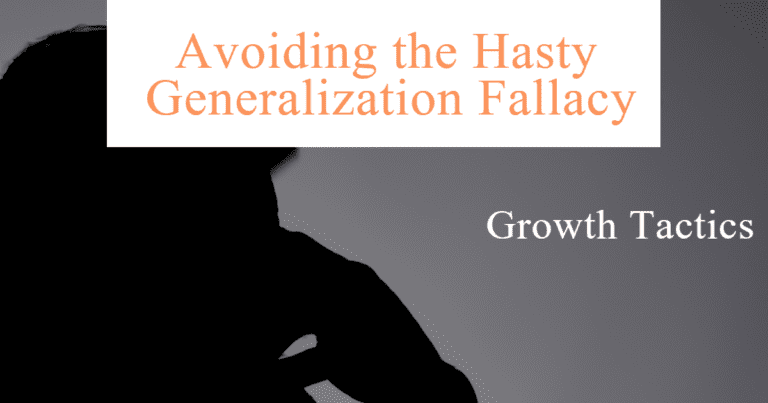Have you ever been told “You’re not listening to me”. I know I’ve heard that a time or two in my life. In this guide, I’ll give you some actionable approaches to deal with these moments with compassion and composure.
Jump To Section
The Initial Reaction

When you’re confronted with ‘You’re not listening,’ it stings, it feels like an attack on your motives. Your initial reaction is key to guiding the discussion toward resolution or additional conflict. It’s human nature to become defensive or justify yourself.
These reactions tend to derail productive discussion. Rather, meeting them in their shoes, holding your reaction, and listening actively will foster trust and de-escalate. Below, we’ll walk through how to prompt your initial reaction.
Pause
The initial action is to take a pause, both physically and mentally. Breathe. This brief pause keeps knee-jerk reactions from fanning flames. It’s simple to make assumptions or assume what the other side intends, but taking a moment lets you de-knot your brain and enter with serenity.
Take this opportunity to evaluate your body language. Do you have your arms crossed? Are you looking away? They can send a message of disinterest, even inadvertently.
Instead, either sit or stand with an open posture, nod occasionally, and look him in the eyes. These subtle signals tell people you’re ready to actually hear them out, long before you’ve uttered a single word.
Acknowledge
Recognition is about respecting the speaker’s feelings without hastening to protect your ego. Just saying, ‘I hear you’ or ‘I understand that you’re upset’ can make someone feel heard. It’s not about affirming them or anything, but validating their emotions.
It’s also okay to say, “You’re right, I wasn’t giving you my full attention. Can we start over? You have my full attention now.”
Validate
To legitimize is to do more than recognize. Echo back what you’ve heard to demonstrate you’re soaking up their message. If a friend says, “You never let me finish my sentences”, reply, “You’re telling me I interrupt you, and it’s frustrating. I didn’t realize I did this, but I will be more aware in the future”. This reflects their worry and shows you’re listening.
It’s just as important to comfort the orator. Inform them that their opinion counts. A plain, “I want to be sure I’m hearing you right,” can change the tone of the discussion. Stay away from expressions such as “You’re making a big deal out of nothing,” because all this does is put the blame on the other person, widening the gap.
Listening Strategies
Here’s how different listening approaches compare:
|
Strategy |
Effectiveness |
|---|---|
|
Active listening |
Builds trust by focusing entirely on the speaker. |
|
Defensive listening |
Escalates conflict; shifts focus to self. |
|
Passive listening |
May miss key details or emotions. |
|
Empathetic listening |
Strengthens relationships through understanding. |
Your Immediate Response

Being told you’re not listening can be uncomfortable or even unfair. The trick is resisting defensiveness and instead concentrate on fostering productive discussion. This minute provides a crucial opening to show empathy, restore confidence, and reinforce dialogue. Right now, your job is to listen and respond. So here’s how to tackle this, step-by-step.
- Acknowledge their feelings without dismissiveness or argument.
- Prioritize active listening to show genuine interest and care.
- Employ your voice, choice of words, and body language to bring down the heat.
- Avoid defensiveness, excuses, or minimizing their concerns.
Apologize Sincerely
A sincere apology goes a long way toward establishing the mood for constructive discussion. Validate their position and apologize if you left them feeling dismissed. For example, “I apologize for not paying you my full attention earlier. That wasn’t fair to you,” demonstrates responsibility and compassion. No, “I didn’t mean to” or “I was just busy” BS excuses. Instead, concentrate on the consequences of your conduct.
If you do, reassure them that you’re serious about changing. You could add, “I’ll put more effort into paying attention when we talk.” It tells them that your apology isn’t just lip service but a real intention to make a change.
Request Repetition
If something significant slipped by you, gently request that they repeat themselves. Try something like, “I want to make sure I understand. Can you please repeat that?” This shows you respect their words enough to hear them again.
When they do repeat themselves, stifle the instinct to interrupt or defend. Instead, nod or say “I see” or “Got it” to indicate you’re with them. Thank them for their patience, “Thanks for walking me through that.”
Paraphrase Understanding
Once you verify you’ve got it, paraphrase their point. For instance, “So what I’m hearing is that you felt ignored before. Is that correct?” Not only does this clarify their concerns, it validates their perspective.
Be careful not to inject your own expectations. Stay on their words, not your take on their words. Asking for their affirmation, “Is that correct?”, reinforces that you’re dedicated to listening to them precisely.
Ask Clarifying Questions
Occasionally, probing for deeper concerns requires some digging. This is where open-ended questions are your best friend. You can ask something like, “Could you explain what makes this significant to you?” or “How would you prefer me to react differently?” These questions open a dialogue, not defensiveness.
Skip questions that sound accusatory, such as “Why do you think I wasn’t listening?” Instead, come from a place of curiosity and respect, communicating that their feelings are important.
Observe Body Language
It’s not just about what you say. Observe their body language, are they scowling, or arms crossed and leaning away? These can indicate residual irritation.
Mirror your own body language to the context. Keep eye contact, turn towards them, and don’t cross your arms, which could seem closed-off. Small gestures such as nodding or leaning in can communicate engagement and regard.
Deeper Understanding

When someone tells you you’re not listening, it’s usually not literally about hearing. It’s a warning to stop and go deeper into the emotions and communication. Working toward a deeper understanding takes effort, patience, and a willingness to learn from the encounter. Below, we’ll address critical zones to assist in developing more powerful, significant relationships.
Unspoken Feelings
Think about the emotions they may be harboring but not expressing. Are they angry, despondent, or just ignored? These silent sentiments frequently influence the demeanor of a discussion.
To bring these feelings into focus, make reflective statements such as, “It seems like this has been really stressful for you.” This will help them feel more comfortable opening up without fear of judgment. Don’t make assumptions about how they’re feeling. Instead, ask clarifying questions like, “Did I get that right?” or, “How are you experiencing this?
Compassion is the bridge in these moments. Respect their experience, even if you don’t entirely agree. For instance, “I can imagine how that would be frustrating” demonstrates you’re attempting to empathize with their experience as opposed to discrediting it.
Communication Mismatch
It’s easy to have miscommunications based on communication styles. Some individuals favor direct, straightforward discussion, while others gravitate toward nuance or emotional indicators. If you feel tension, ask yourself if there is a mismatch in communication.
Switching up your mindset can be a game-changer. If they appreciate depth, decelerate, and provide deep insights. If they’re shorter, streamline your answers. Don’t attack their style with comments such as “You’re being too vague,” as this can just stir up conflict. Instead, aim for shared understanding: “What would be the best way for us to talk about this?”
External Distractions
- Choose a quiet, interruption-free setting for important conversations.
- Put away phones or other devices to indicate complete engagement.
- If you’ve been distracted, own up to it: “I realize I wasn’t fully present earlier, and I’m sorry for that.”
- Resolve to listen hard from now on. Capture or repeat back what’s said to make sure you understand and to reduce miscommunication.
Distractions are normal, particularly with hectic schedules or overactive minds. By minimizing them, you’re showing the other person that they matter.
Proactive Communication

Proactive communication is about transparency and trust. It’s about listening well and making sure that others feel heard as much as it’s about saying the right thing at the right time. When someone says you’re not hearing them, it’s a prompt to return to these fundamentals and polish your approach.
Building habits that facilitate communication begins with listening. That is, focusing completely on the other person, without distractions or the compulsion to interject with your own comments.
Overcoming listening obstacles requires self-awareness. One is “competitive listening,” where we’re more concerned with forming our response than hearing. This can cause a gap.
To combat this, attempt to hold a running mental tab during discussions. Mentally highlight important issues the other party brings up, which guarantees nothing slips through the cracks and grounds you in the moment.
Steer clear of prescriptive feedback, “You should do this,” can come across as condescending. Instead, use collaborative language: “What do you think about trying this approach?” This change in focus makes the dialogue more egalitarian.
Using these proactive strategies to make sure both sides feel heard, you’ll often find yourself doing a lot of summarizing and confirming understanding. For example, in group meetings, you could say, “For my own clarity, are we agreed on what you’re proposing?” It helps to not only clarify points but also to demonstrate respect for everyone’s contribution.
Transparency is yet another cornerstone of proactive communication. Be open to other points of view. If a partner is frustrated, instead of defending your position, you can say, “I hadn’t thought about it like that, can you elaborate?” This transparency helps to defuse tension and promote connection.
Committing to constant communication improvement is all about committing to these habits on a regular basis. Proactive communication is not a magic bullet, it is a craft.
Be it mindfulness, self-reflection, or feedback, keep polishing the way you deal with others to create richer, more respectful connections.








